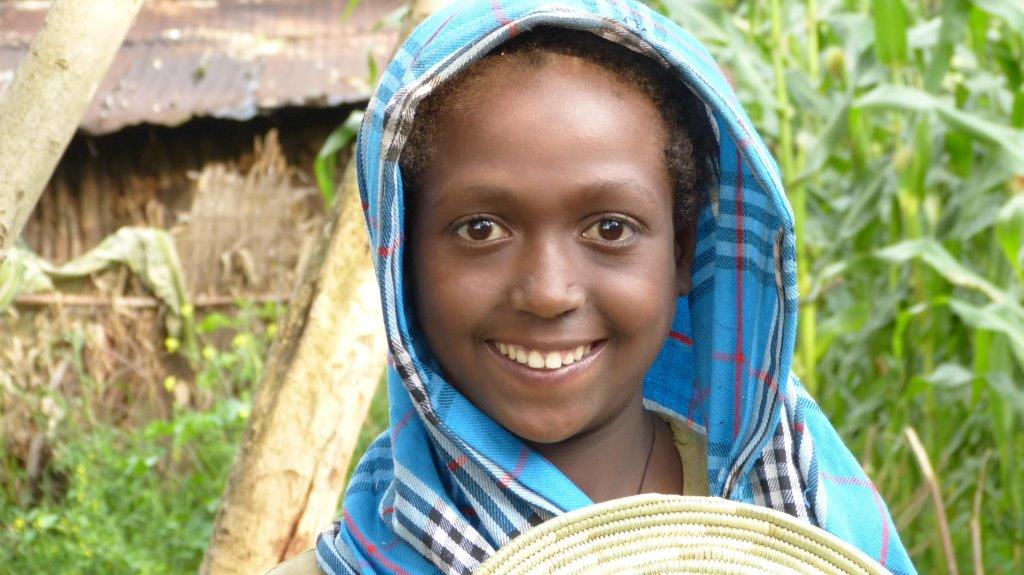There are many horrific things that go on in the global political sphere which we are obviously responsible for. The gears of war, conflict, and chaos are greased by the blood and sweat of over 300 000 children who serve as child soldiers in organized government armies as child soldiers but mostly in rebel factions in unorganized warring guerillas.
These children are spread all over about 20 countries in the world today performing subservient tasks in armed conflict as active combatants, porters, cooks, sex slaves or in any task that they are conscripted into in order to push forward the political and economic goals of their Lords. Although most of them are recruited in Africa, about 50% of recruitments take place far away in countries like Syria, Iraq, Colombia and Myanmar.
A walk through the rubbles Aleppo or through the rain forest in the Democratic Republic of Congo will fetch you many tear welling stories from children whose lives have been completely destroyed by their precious participation in armed conflicts. Children below the age of 18 are usually recruited into armed groups forcefully or by influencing their choices with drugs and money.
Their minds are fragmented into a thousand pieces that may never be put together just like a jar of Chinese porcelain which falls from a cliff unto rocks remains altered forever. Many become lifelong illicit drug users and often consume cocaine, heroin, marijuana and glue.
As if that is not enough, their lives are at a critical risk from infections they acquire such as hepatitis B and C, HIV/AIDS, gonorrhoea and syphilis. The harm that armed conflict has on children transcends their lives into the lives of several generations after them.
Images of ex-child soldiers are usually saturated with concepts such as post-traumatic stress disorder (PTSD), anxiety, depression and suicidal tendencies. These themes seem to be one of the most recurring scenarios for most ex-child soldiers who are undergoing rehabilitation.
A lot of efforts are directed at trying to refocus their energies and interests to peaceful and productive concepts in order to be able to participate normally in society like the children they are. Most of these programs are successful.
It is really a wonderful thing that several worldwide efforts continue to try to bring this evil practice to an end; to prosecute individuals and groups who foster it and to deliver justice for these kids. In July 2019, the U.N. Security Council passed a resolution to “strengthen mechanisms to prevent violations against children.” About it, the U.N. Special Representative for Children and Armed Conflict Virginia Gamba said “Today’s resolution is providing us with important tools to better respond to the needs of boys and girls, such as the reintegration of former child soldiers,” According to Child Soldiers International, about 55 000 children have been freed since 2013 although over half of them are yet to receive reintegration support.
Four years ago, after watching the movie “Beasts of no nation”, a conversation started between a friend and myself in which I first learned of Mohammed Sidibay who was a child soldier in Sierra Leone.
He has now fully recovered through the ceaseless efforts of many kind-hearted people with whom he crossed paths during the hard times of his forced service. After being orphaned before his eyes through murder by a warlord, he had managed to escape at a point in time after gory experiences of war.
The words of a stranger suggesting to him that he could recreate his destiny through education changed his life and was the turning point for him. He has since graduated from George Washington University in the United States of America and is now an advocate for peace and child’s rights.
Not every child soldier’s story ends up like this. For many, the ugly head of war never ceases to rear its unsightly head. It is well known that exposure to armed conflict is associated with a significantly higher burden of communicable, and non-communicable diseases in children. It is not uncommon to find children dying more from diarrhea, respiratory infections, malaria, and fever. Pregnancy and birth in conflict zones is also a noteworthy risk. Higher rates of teenage pregnancy resulting from rape are common in these regions but even in such a chaotic ambiance, any hopes of motherhood are quickly dashed by fewer live births, low birth weight, and higher preterm delivery.
These observations usually normalize after wars are over or when they are compared with a control peaceful population. This means that many underage girls are in danger and will spend more days out of school thereby driving further downwards gender inequality.
While you may find this article a little grim, the reality is even worse but it is not without hope. Most of these children will take a helping hand that is outstretched towards them. They want to be liberated from the curse of war. They want to know peace again. They want to be able to play football, swim, go to a library or play video games just like they know kids their age are doing. They are willing to close the door to the room of terror and go out into the garden of life. But who will help them?
Sources
- https://www.humanium.org/en/child-soldier/
- https://thedefensepost.com/2019/02/11/child-soldiers-global-increase/

